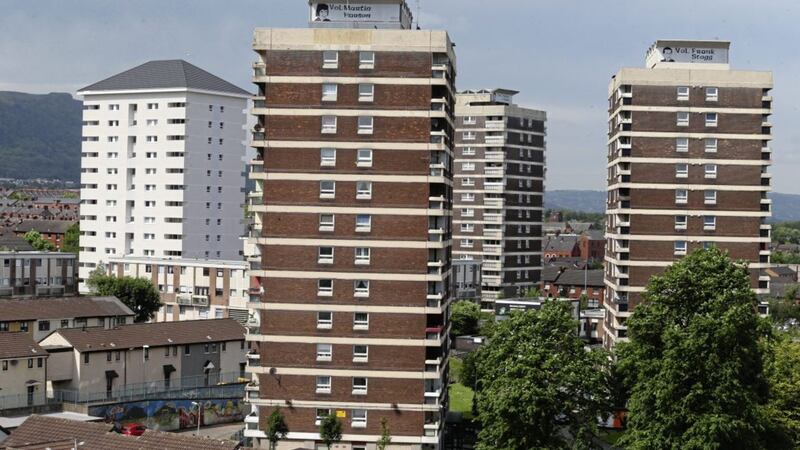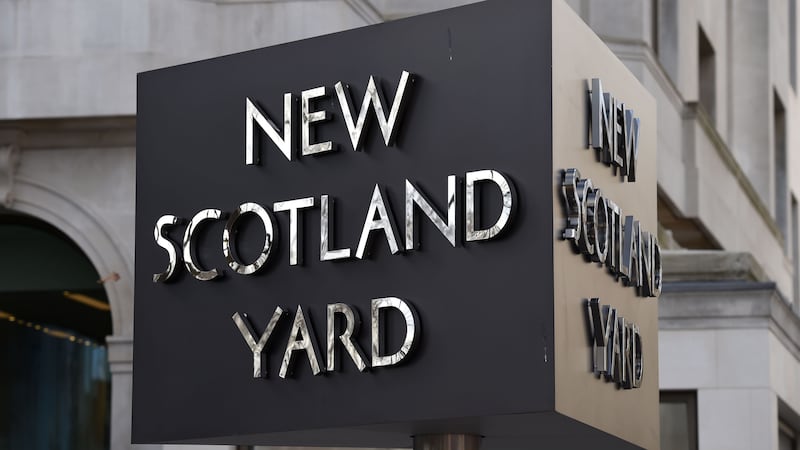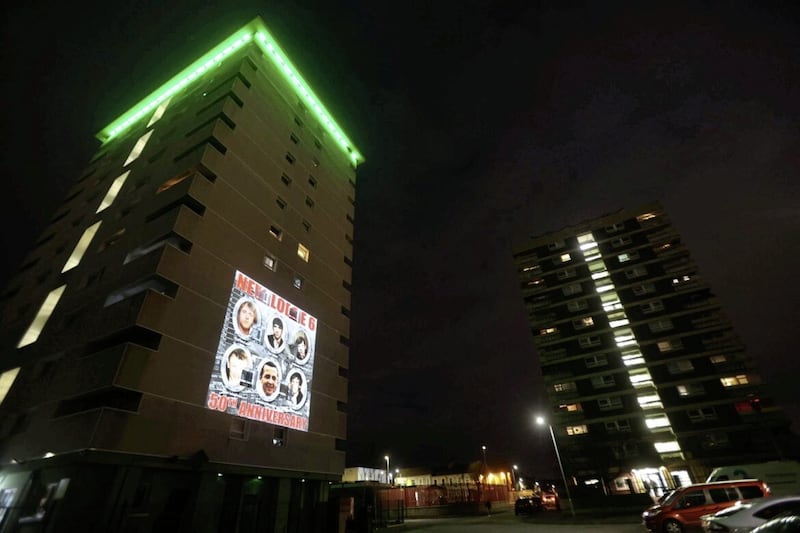THE Housing Executive has released details of the cladding used on its high-rise Belfast flats – but is unable to say whether it is similar to London's Grenfell Tower.
Cladding has been fitted at two of the New Lodge tower blocks, while similar works are being carried out at another two buildings in east Belfast.
Concerns have been raised about the use of cladding in refurbishing tower blocks in the aftermath of the Grenfell fire tragedy which has claimed multiple lives.
The Housing Executive (NIHE) has been keen to reassure its tenants, insisting that "regulations were complied with in full and that high standards were observed".
On Thursday its representatives met with the fire service and council authorities, and are set to meet manufacturers of its external cladding early next week.
The housing body is also carrying out checks on all 32 of its high-rise residential blocks in Northern Ireland.
Residents have been issued with fire-safety leaflets, and have been asked to contact their local NIHE office to discuss any concerns.
In a statement yesterday, a spokesman said: "It is too early to determine the cause of the fire in London and we will await the findings.
"If there are lessons to be learned from the investigation into this tragedy then those will be taken on board."
Asked if the cladding is the same as Grenfell, the housing body yesterday said: "We cannot comment on this until the official report into the Grenfell Tower fire has been published."
Cladding was used in the refurbishment of Eithne House and Cuchulainn House in the New Lodge area of north Belfast, while Whincroft House and Carnet House in the east of the city are currently being clad.
Eithne, Cuchulainn and Whincroft are covered with a rainscreen system made up of PVC panels and rails with a Rockwool insulated core.
The cladding system for these three was tested by the Building Research Establishment to BR135, NIHE said.
Carnet House uses a Sto external wall insulation scheme tested to BS8414. NIHE said it consists of 120mms of polysterene insulation covered with a 9mm reinforced plaster render.
In this system the cladding is bonded to the insulation and directly bonded to the wall.
Cuchulainn's cladding was carried out as part of a £1.2m improvement scheme that included a new roof and windows.
Eithne House received similar work at a cost of £1m. Whincroft's works have cost £1.3m, while Carnet House is being completed at a cost of £1m.
NIHE said sprinklers are not installed in its blocks, adding that it is not a requirement of building control or fire regulations.
It added that all its tower blocks have single, fire-resistant staircases with fire doors and fitted with fire alarm systems.
The housing body said it has installed smoke detectors on every floor and they are checked in accordance with statutory obligations.
Yesterday The Irish News reported how a senior fire safety expert had raised concerns about plans to clad tower blocks in north Belfast, saying it appeared to be contrary to building regulations.
Dave Sibert, a senior member of the Fire Brigade Union, outlined his concerns during a consultation process into plans for a regeneration project at New Lodge flats.
He cautioned that a cladding system could "severely" limit the ability of fire fighters to extinguish a blaze.








